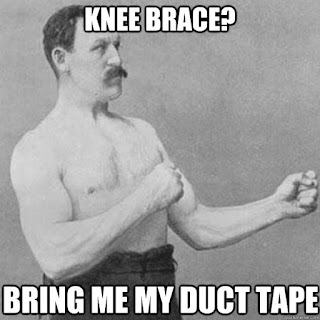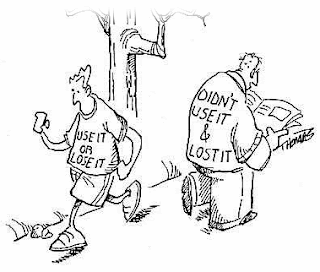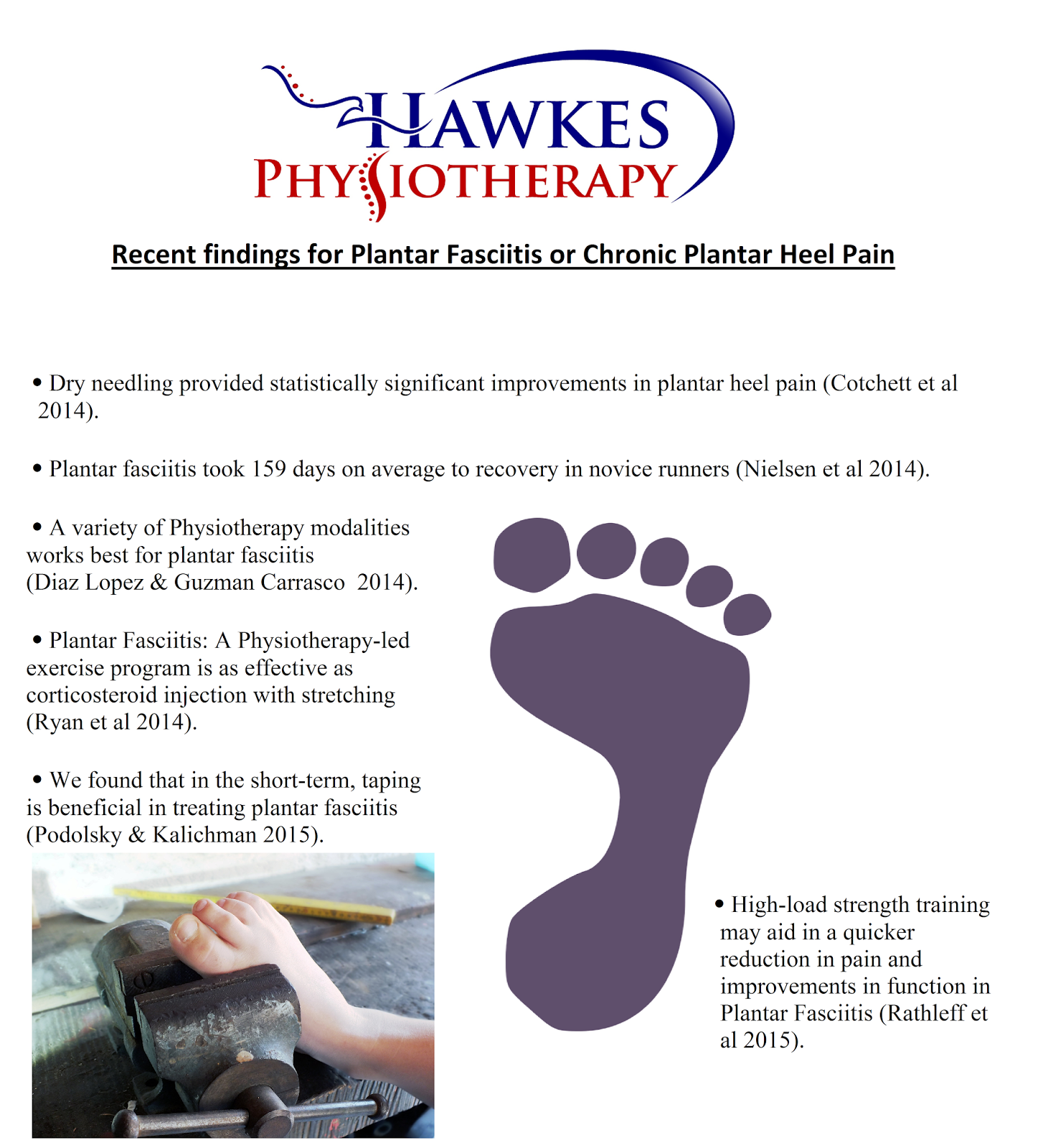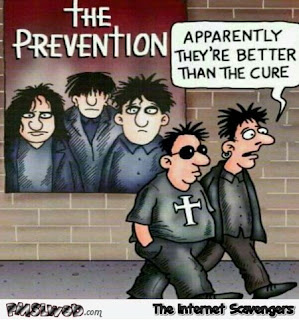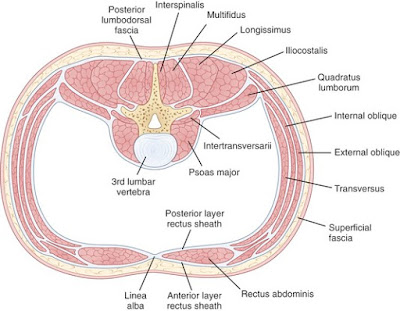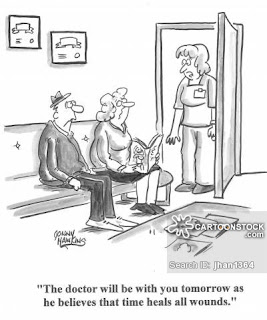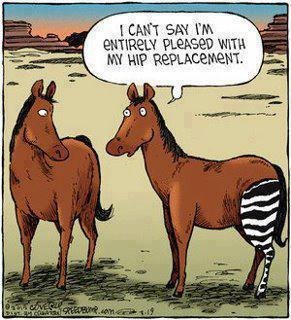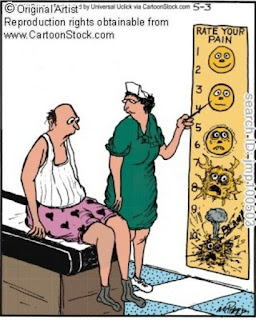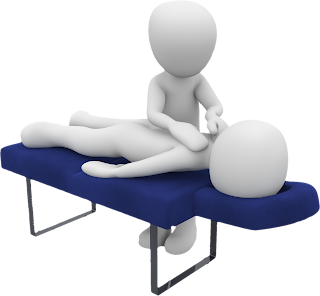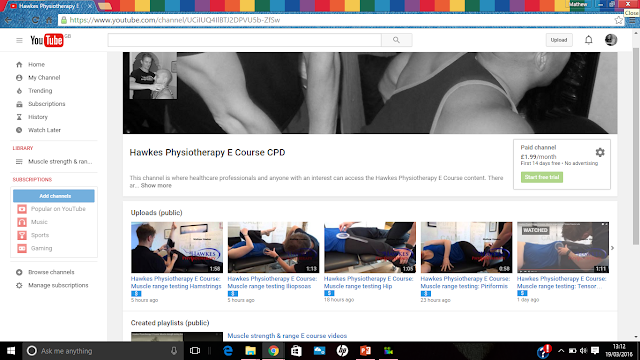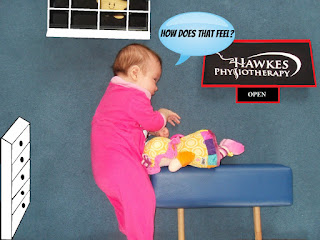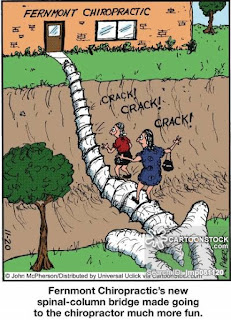Barking up the wrong tree?

The body is complicated and just because pain is felt in a particular area doesn't actually mean that this is where the pain is coming from. Firstly you don't have to have neck pain for it to be coming from your neck: "Cervical radiculopathy may or may not be associated with neck pain (Caridi et a 2011)." For example Golfer's elbow: In a study by Lee & Robinson (2010) they had fifty-five patients that were diagnosed with medial epicondylitis (Golfer's elbow). Of these, 44 had C6 and C7 radiculopathy whereas, 11 presented with just C6 radiculopathy. What this means is that either the Radiculopathy was mimicking the Golfer's elbow or it created a neurological weakness thereby causing the Golfer's elbow to develop. Bottom line is that you need to treat the neck and if you just treat the elbow you are barking up the wrong tree! It's the same problem with Tennis elbow too: This study indicates that lateral epicondylitis symptoms

